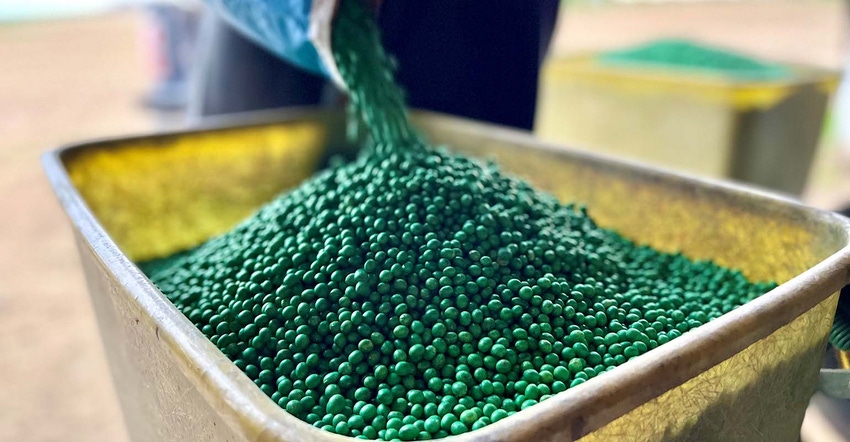
Rainy weather this spring has kept more planters out of the field than usual. Drier forecasts moving forward offer hope, but for now, corn planting pace is the slowest it’s been since 2013. Soybean plantings are also sluggish so far, running a full 12 points slower than the prior five-year average. That’s according to data from the latest USDA crop progress report, out Monday afternoon and covering the week through May 8.
Corn plantings improved from 14% a week ago to 22% through Sunday. Analysts were expecting to see a bit more progress, with an average trade guess of 25%. It’s also shockingly below 2021’s pace of 64% and the prior five-year average of 50%. Five of the top 18 production states – Michigan, Minnesota, North Dakota, Ohio and Wisconsin – have only made single-digit progress at this time.
Corn emergence was at 5%, up from 3% last week. That’s also well behind 2021’s pace of 18% and the prior five-year average of 15%. Half of the top 18 production states have yet to make measurable progress in this physiological category, according to USDA.
Soybean plantings are also trending significantly behind recent years, moving from 8% a week ago to 12% through Sunday. That was four points below the average trade guess of 16%. It’s also markedly behind 2021’s pace of 39% and the prior five-year average of 24%. Three percent of the crop is emerged, versus the prior five-year average of 4%.
Spring wheat is another crop off to a very slow start. Plantings reached 27% through Sunday, up from 19% a week ago. Last year’s pace was 67%, and the prior five-year average is 47%. Nine percent of the crop is emerged, up from 5% a week ago and below the prior five-year average of 15%.
Winter wheat conditions are still dismal, but quality ratings did firm two points last week, with 29% rated in good-to-excellent condition. Analysts were generally expecting to see a one-point gain. Another 32% of the crop is rated fair (up two points from last week), with the remaining 39% rated poor or very poor (down four points from last week).
Physiologically, 33% of the crop is headed, up from 23% last week. Compare that to 2021’s pace of 36% and the prior five-year average of 40%.
Click here to learn more about the latest USDA crop progress report, including the agency’s observations on days suitable for fieldwork and topsoil moisture conditions.
About the Author(s)
You May Also Like






